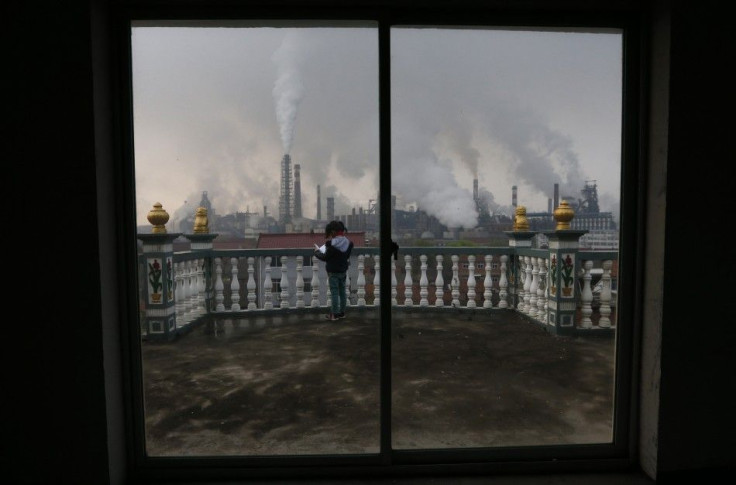US, Europe air quality improve, but they are still among the highest emitters of NO2, finds NASA

NASA scientists have found a decline in air pollution in the US, Europe and Japan, along with an increase in dangerous emissions in the developing regions of India, China and the Middle East.
A NASA study has found that though the US and Europe continue to be among the largest emitters of nitrogen dioxide, they have shown dramatic reductions between 2005 and 2014. In the study, the scientists tracked the trends in air pollution in 195 cities around the globe over the last decade. The complete details of the study have been published in the Journal of Geophysical Research.
The research was led by Bryan Duncan, an atmospheric scientist at NASA's Goddard Space Flight Centre in the US. Duncan and his team analysed the observations made by the Dutch-Finnish Ozone Monitoring Instrument aboard NASA's Aura satellite between 2005 and 2014, reports the Economic Times.
"These changes in air quality patterns aren't random," said Duncan, explaining the link between the air pollution levels and development. "When governments step in and say we're going to build something here or we're going to regulate this pollutant, you see the impact in the data."
NASA maps show that nitrogen dioxide hotspots, used as an indicator of general air quality, persist over most major cities in developed and developing nations. Nitrogen dioxide has decreased from 20 percent to 50 percent in the US, and by as much as 50 percent in Western Europe.
China, meanwhile, has shown a 20 percent to 50 percent increase, which is attributable mainly to increased manufacturing in the country.
"The main story in South Asia is increasing NO2 levels from 2005 to 2014 associated with booming economies and ambitious infrastructure development, such as new coal-burning power plants in the Chhattisgarh region of India,” said NASA in a press statement.
The NASA study shows that one of the the largest NO2 increases has taken place in Jamnagar in India, which has the largest petrochemical complex in the world. Dhaka in Bangladesh has reported the largest increase of 79 percent among all world cities.
Contact the writer at feedback@ibtimes.com.au or tell us what you think below.





















